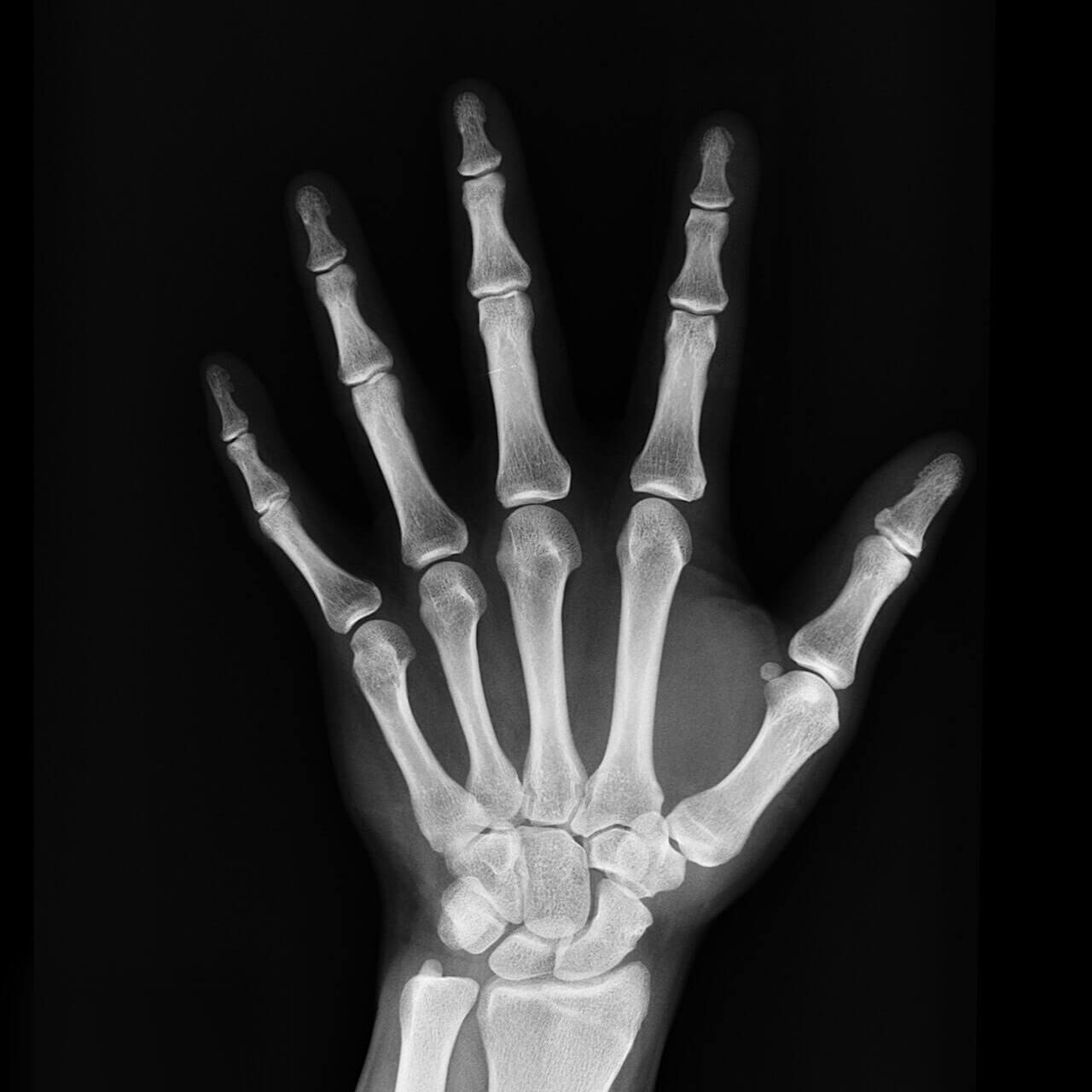What are the Top 5 Sports Injuries?
When people think about sports injuries, most automatically think of professional athletes playing top level sports. The reality is that common sports injuries happen every week to most people who have an active lifestyle. Playing sports like your weekly 5-aside football game with friends can put all sorts of pressure on your muscles and tendons, with potential injuries that can include jumper's knee, tennis elbow, achilles tendon sprain, rotator cuff, knee injuries, stress fractures, pain and swelling in the joints. This is especially true for those of us who make the common mistake of failing to warm up effectively before a workout.
Warm Ups are Essential to Preventing Injuries
Scientific research has shown that risks to joints, particularly in the lower limbs like legs, ankles and achilles tendon can be reduced by effective neuromuscular warm ups, that requires no additional equipment. Warming up can be done with just bodyweight movements and the routine should include the major joints, muscles and tendons including the achilles, ankles, shoulders and knees.

What are the Most Common Sports Injuries?
In this article we will look at the types of sports injuries that we most often come across. At Valiant Clinic & Hospital in Dubai, one of the regions top orthopedic departments is staffed with a handpicked team of medical experts, surgeons and radiologists that use the latest in medical technology, including 3d imaging, to effectively diagnose and treat a wide variety of sports injuries.
Sometimes sporting injuries require some medical intervention such as knee ligament surgery in Dubai, which can be critical in restoring functionality and quality of life after catastrophic knee injuries.
We tend to define sports injuries as being injuries that happen while playing sports or engaging in physical activity or exercise. These injuries can affect each body part differently, the type and severity can range from pain and swelling caused by acute or mild strain to stress fractures and torn ligaments and tendons.

FractureS
A fracture is a broken bone that results from damage from a fall or accident. Because the symptoms of a fracture are acute and painful, it is typically simple to recognize one.
You should consult a sports medicine or orthopedic doctor if you suspect a fracture as soon as possible.
To determine the size and severity of your fracture, your doctor will order an X-ray. The course of treatment will primarily depend on the location and severity of the fracture, but it may involve several weeks of immobilization in a cast or surgery to repair the broken bones.
Sprains
A sprain is a ligament injury that frequently happens when a joint or the bone that makes up a joint is subjected to a rapid force. Stretching a ligament may result in a minor sprain while tearing or fully rupturing a ligament causes a major sprain.
Sprains are very common in the ankle, knee, elbow, shoulder, and thumb ligaments.
Concussions
A concussion is severe brain damage brought on by a blow to the skull. Minor concussions typically go away with rest, but symptoms from severe or recurrent concussions can linger for a year or longer. Concussion symptoms range in severity and might include:
- Haziness
- Dizziness
- Headache
- Temporary Memory loss
- Problems with balance
- Sensitivity to light
- Ringing in the ears
- Nausea
If you are sure you or a loved one has a concussion, it's vital to stop the activity and seek immediate medical attention.
Rest is frequently used as a concussion treatment until the symptoms go away.
After you've got an OK from your doctor, you can ease back into sporting activities but pay close attention to how you feel.
Strains
Often called a pulled muscle, strains are muscle tears caused by a sudden stretching or forceful contraction. Strains usually occur when there is a change of speed or direction.
A minor strain occurs when there is minimal tear or damage to the muscle fibers.
A major strain occurs when there is a complete rupture of the muscle.
Strains often occur in the hamstring, quadricep, calf, groin, rotator cuff, and lower back muscles.
Symptoms that have a strain include:
- Feeling pain when you are stretching or contracting the muscle
- Tenderness
- Swelling
- Bruising
MEET OUR ORTHOPEDIC TEAM
Sorry, we couldn't find any posts. Please try a different search.
Shin Splints
Medial Tibial Stress Syndrome, also known as Shin Splint, refers to the pain in the Shin Bone.
This injury results when there is repetitive and excessive force on the shin bone and the tissue and muscle surrounding it.
Shin splints are particularly common in athletes who play basketball, tennis, and soccer. Shin splints can cause a dull aching or soreness along the inside section of the lower leg, on each side of the shin bone, and in the front portion of the leg.

Treating Sport Injuries

The general medical advice for treating a minor sports injury such as a strain or sprain is to follow the PRICE therapy method, PRICE stands for:
- Protect
The injured area or joint must be protected from further injury, this can be achieved by supporting the joint or limb with external aids. - Rest
It is important after sports injuries to avoid as much unnecessary movement as possible, it is crucial to help reduce swelling to avoid putting pressure on the limb or joint that has been injured and rest as much as possible. - Ice
Ice helps to cool the affected area, after a sports injury there may be pain swelling, and this inflammation can be reduced by applying an ice pack for a quarter of an hour every couple of hours. This process will help to reduce swelling, just don't forget to wrap the ice in a cloth to avoid an ice burn. - Compression
Elastic compression bandages can help to reduce swelling during the day. - Elevation
If possible, elevating the injured area above the level of the heart will help to bring down the swelling.
It is crucial to remember however, if pain lingers even from a common sports injury, to seek medical attention such as our Orthopedic Doctor or if more pressing then visiting our Urgent Care Hospital in Dubai.
Other Common Sports Injuries
Common sports injuries that we see that did not make this list may include sports injuries such as tennis elbow or conditions such as tendinitis and wrist injuries. We also see see patients that complain to us of:
-
ACL Injuries
-
Broken Bones
-
Broken Joints (Ankle, Wrist, Elbow, Hip etc)
-
Cartilage Damage
-
Hamstring Injuries
The risk of injury depends entirely on the sport and exercise interest of the patient, those that engage in contact sports such as rugby or football tend to visit us most often, as sudden movements and overuse can increase risk of injuries that require treatment that can include physical therapy.
